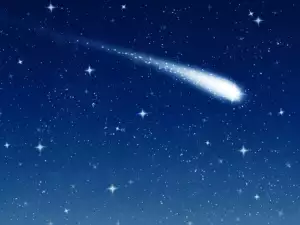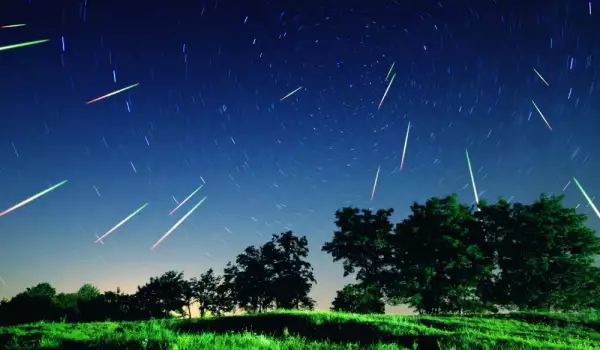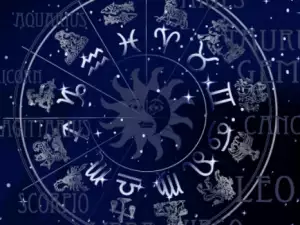At the end of October and beginning of November, we will witness the movement of the Orions - a meteor shower formed from the tail of Halley's Comet.
The peak of the showers will be on October 21st, with the number of meteors reaching up to 20 per hour. The Orions glow white and often have a tail. Based on this characteristic, they are quite similar to the Perseids but they will not be as numerous.
The Orions will enter Earth's atmosphere with speeds greater than 37 miles (60 km)/sec. Observing them will be rather difficult because the appearance of these shooting stars coincides with the full moon.

The meteor shower will be observable from midnight till dawn. Experts recommend to view them with the naked eye, since binoculars and telescopes will be useless because they limit eyesight by a few degrees.
The Orions bear the name of the constellation of Orion, the location of their radiant. The meteors will begin falling from the left side of the constellation, and viewing that area from the Earth, people will actually be looking directly at Halley's Comet.
Orion is the most famous equatorial constellation. It is visible for the greater majority of the Earth. The stars that form Orion had been detected by numerous ancient civilizations, since they are organized in myriad forms.

Orions are the remains of Halley's Comet. She is the most well-known among the short-period comets and appears every 75.32 years. The first observance of Halley's Comet dates back to 240 B.C. Ever since, 30 appearances of the renowned comet have been documented.
She is named after Edmond Halley, who first calculated its orbit. The last passing of Halley's Comet near Earth was in 1986. Currently, it is traveling along the outer borders of our solar system and its next near-Earth orbit is expected to be in 2061.
Every year, Earth enters the outer edges of comet clusters, which is why we can see the light activity of meteor showers. In the past, the orbits of our planet and the comet were closer to each other but gradually moved farther apart.









